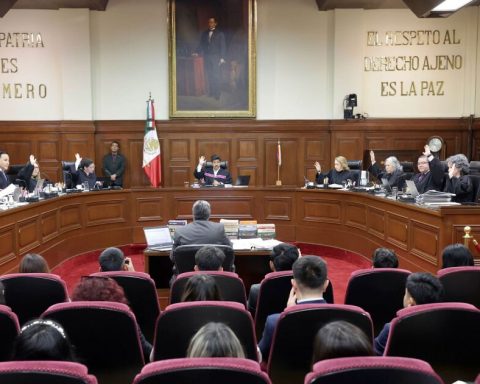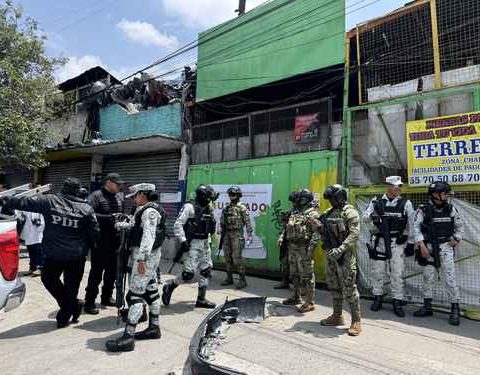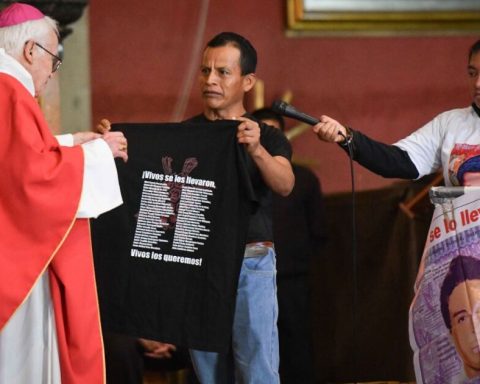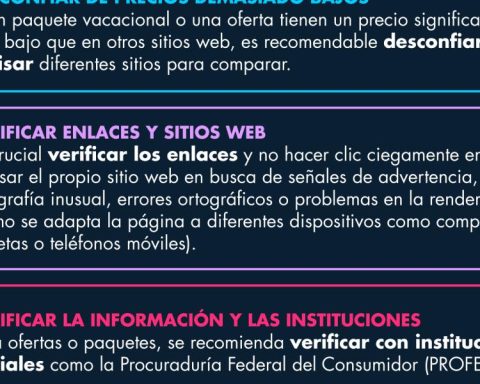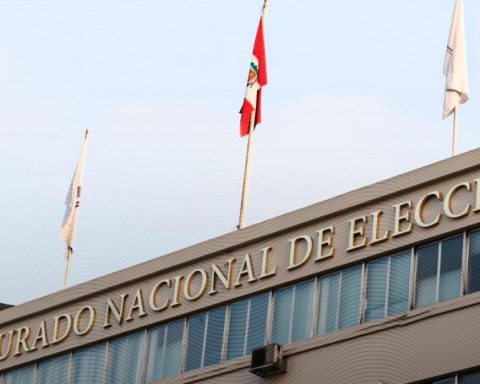Ivan Evair Saldana
The newspaper La Jornada
Tuesday, July 30, 2024, p. 5
Among the main red flags regarding the justice model in Mexico, according to the perception of thousands of civilians and public officials in that sector, there is corruption and distrust in the legal system, external influence on judges, re-victimization and inadequate treatment, lack of training and professionalism, and many barriers to entry in the criteria for the judicial career, according to a report by the Supreme Court of Justice of the Nation (SCJN).
The data are part of the 6,716 problems that 3,279 people from the public, civil society, academic and private sectors raised in the 14 forums of the National Meeting for a Justice and Security Agenda.
We must say it clearly: justice is far from people. Most conflicts are resolved outside the State and the cost inhibits access to justice.
states the final analysis of the forums, which the Court published on its website.
The document will be used by the Court to present an alternative proposal in August to support the presidential initiative for judicial reform, which the Chamber of Deputies plans to discuss in the same month.
The participants raised the 6,716 problems by analyzing four thematic axes: security and justice, access to legal services, national system of administration of justice and justice and accountability.
For example, when analyzing findings on access to justice
A sample of 688 problems was taken from 175 public servants, 43 from civil society, 33 from academia and 33 from the private sector. It was observed that among the failures, 25 percent of those surveyed mentioned a lack of training and professionalization; 20 percent, insufficient resources; 20 percent, corruption and impunity; 15 percent, deficiencies in procedures and methodology; 10 percent, lack of coordination and communication; 10 percent, revitalization and inadequate treatment, and 5 percent, lack of technology and modernization.
But there is also concern for those who seek public safety and the protection of rights. In the sample of 1,142 situations expressed by 253 public servants, 121 from civil society, 94 from academia and 60 from the private sector, it is shown that 20 percent see problems in corruption and impunity, 20 percent have distrust, 20 percent denounce deficiencies in resources and training, 15 percent, failures in accessibility and effectiveness of the judicial system, 15 percent, violence and crime and 10 percent, lack of protection of human rights.

